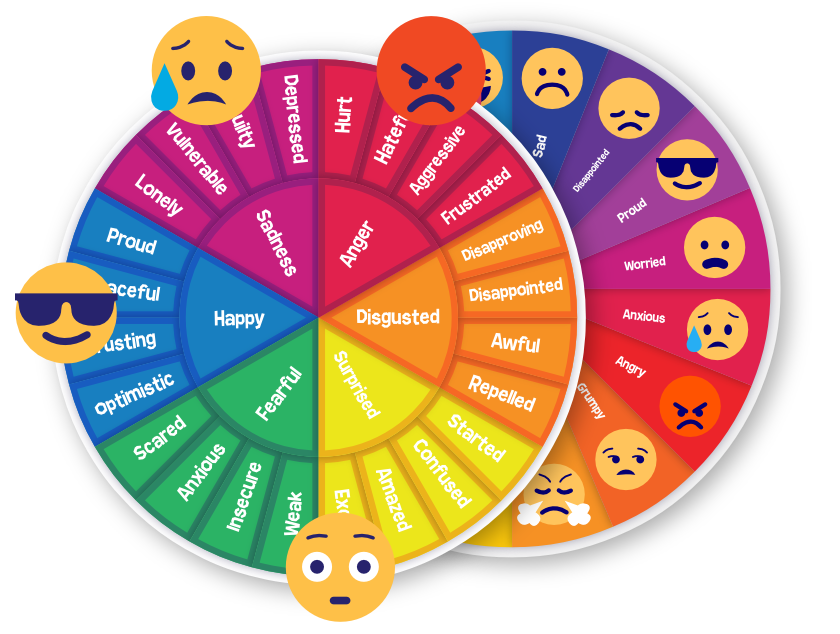
A child with ADD experiences the world in a different way than other kids. Without proper care and support, children with ADHD will develop difficulties adapting to the needs of society. Nevertheless, an early diagnosis and treatment of ADHD can help a child grow up happy and healthy.
What is ADD?
Attention deficit disorder (ADD) is a name commonly used to refer to a difference in cognition experienced by a subset of people. The term is synonymous with attention deficit hyperactivity disorder (ADHD), as they both refer to the same condition. However, the latter term is preferred by the American Psychiatric Association.
While signs of ADHD may begin to show at any age, the condition is normally first observed in children below 12 years old, especially during their early school years. Symptoms that may indicate a child has ADHD include having trouble with school work, organization at home or school, and social interactions.
Even though many people who develop symptoms of attention deficit disorder also have anxiety, the condition is not an anxiety disorder. Children with ADHD who receive support during their developmental years have a remarkably reduced chance of developing mental health issues like anxiety or depression.
7 signs your child may have ADD
1. Procrastinating
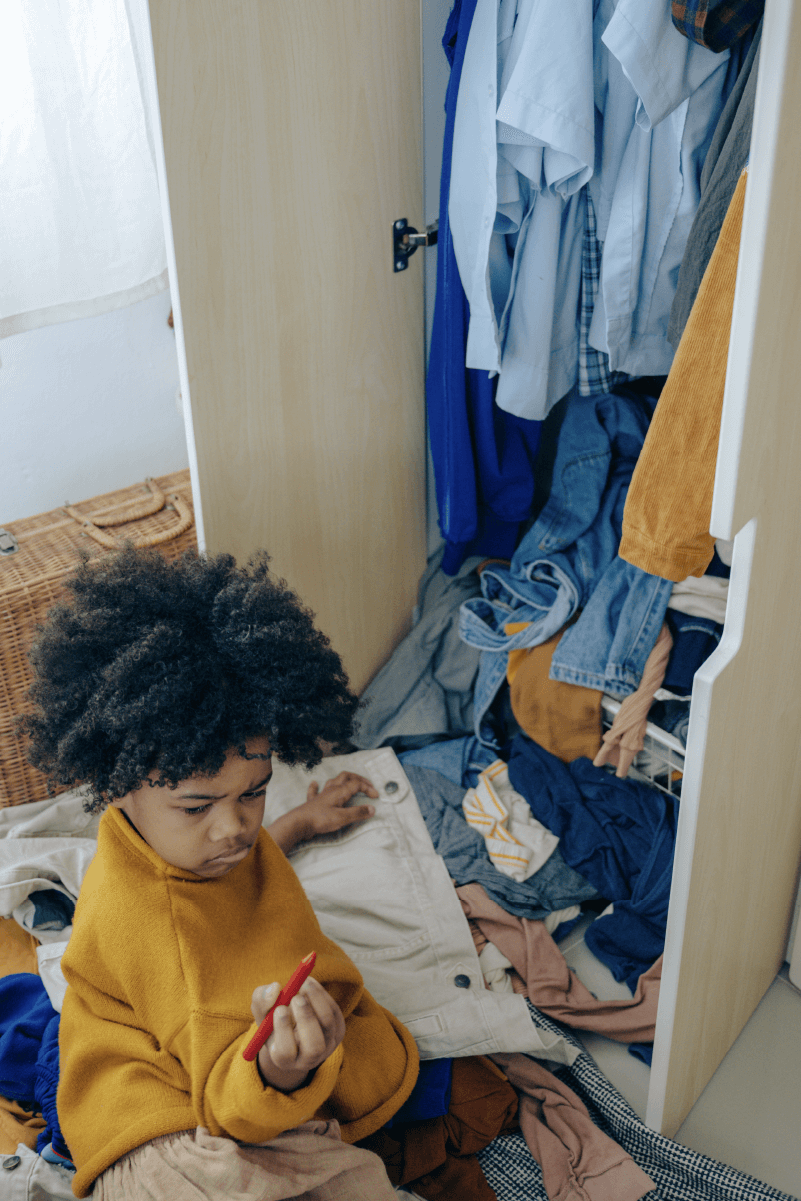
Children with ADHD may have difficulty completing tasks. Common symptoms of this behavior include lagging behind with their schoolwork, homework, or domestic chores. In the same vein, they have problems prioritizing their tasks, something that makes working towards their completion even harder.
2. Being disorganized
The personal spaces of children with ADHD, such as their bedrooms or lockers, are often kept untidy and disorganized. It is easy for them to lose personal belongings, including school material and other items important to them. Furthermore, they have problems keeping a schedule, which may result in them being late to class and other appointments.
3. Problems focusing
When someone has ADHD, staying focused on a single task for a prolonged amount of time can become a very daunting task. Therefore, the inattentive symptoms of ADHD may be confused with daydreaming or a lack of desire to pay attention. Children with ADHD are also easily distracted by external stimuli or even by their own thoughts.
4. Being forgetful
Due to their difficulty staying organized, children with ADHD are prone to forget about tasks and appointments. This can lead to them forgetting to complete their assignments or missing out on activities.
5. Fidgety behavior
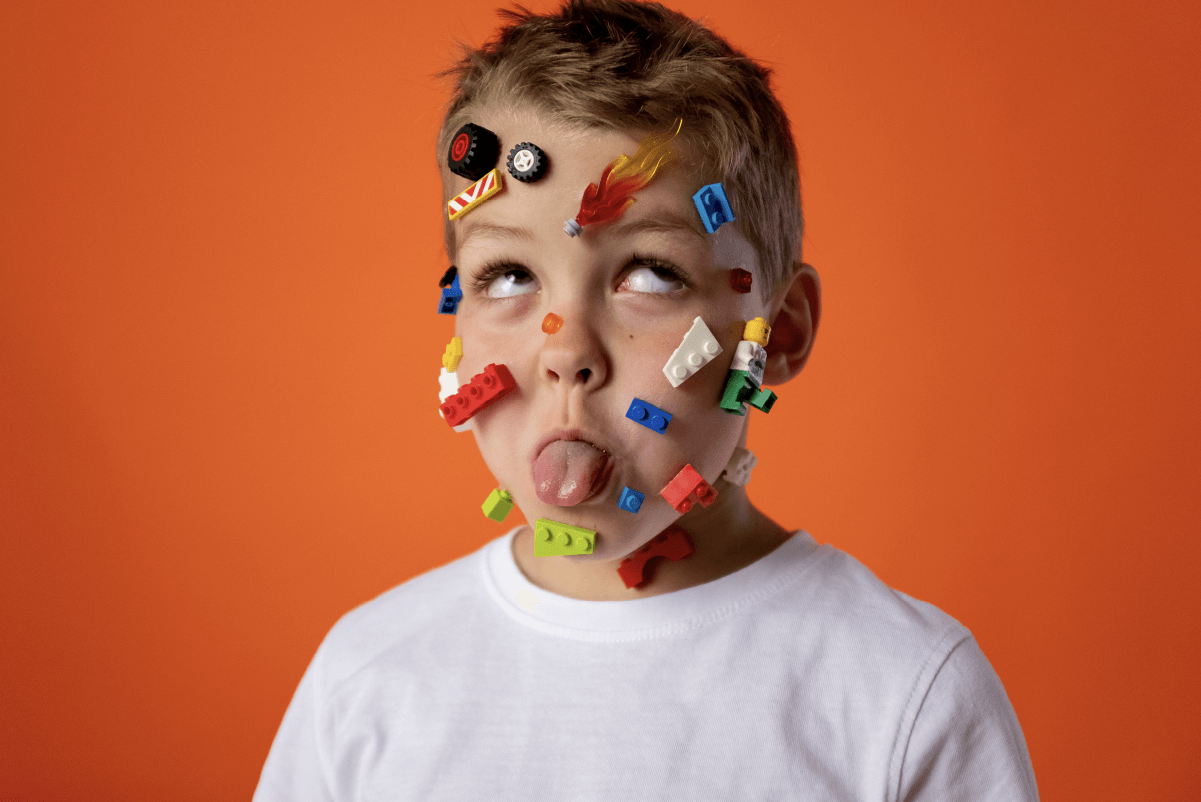
The symptoms of hyperactivity can create a feeling of restlessness in children with ADHD. People who show impulsive or hyperactive tendencies often portray squirmy or fidgety behaviors, which may include standing up when not appropriate, playing with didactic material, doodling, and constantly wriggling on their seats.
6. Trouble with social interactions
The social skills of children with ADHD may appear to be diminished compared to those of their counterparts. Due to a tendency to lose their focus, it is harder for them to pay attention during conversations, remain on topic, and notice social cues.
7. Frequent accidents and mistakes
People with ADHD often experience a series of mishappenings, from losing their keys to forgetting to turn the lights off. While these are commonly referred to as “careless mistakes”, they are not done out of a lack of care but due to the change in perception caused by a neurodevelopmental disorder like ADHD.
How to develop the autonomy of your ADHD children
Types of ADD
The symptoms of attention deficit disorder are not the same in all people. ADD may not present itself with the same intensity, and its effects on a person may vary. The American Psychiatric Association currently recognizes three types of Attention Deficit Disorder:
- ADHD, predominantly inattentive presentation
- ADHD, predominantly hyperactive-impulsive presentation
- ADHD, combined presentation
Symptoms of inattention primarily revolve around problems focusing. Children with this type of ADD might seem to be shy or lost in their own world. These symptoms are more common in girls.
In contrast, hyperactive-impulsive symptoms are more prevalent in boys and may present themselves as a rush of energy. Behaviors created by this form of ADHD include being unable to wait their turn, interrupting others’ speech, and standing up from their seat even when inappropriate. Due to their intrusive nature, these symptoms of ADHD are simpler to identify.
Daily routine cards for your children
Other factors affecting ADHD
The main factor affecting a diagnosis of ADHD is the age of the individual. ADHD in very young children may be hard to recognize because the condition is similar to the normal behavior of a young child. Symptoms of ADHD become more apparent during a child’s school years, as the condition may hinder their academic performance and social life.
Research performed on socio-cultural influences on ADHD shows that many outside factors have an impact on the development of a child with ADHD (source). In some cultures, for example, impulsive behavior in a child is seen as positive, leading parents not to pursue the opinion of a mental health professional. Likewise, children belonging to disadvantaged groups may see their chances of being diagnosed compromised.
Other factors that impede the proper diagnosis of ADHD in children include the following:
- Parents and teachers being unaware of the behavioral symptoms of ADHD
- Fear of stigma associated with the condition
- Distrust of mental health or the medical system
- A lack of access to a culturally competent health professional
- Improper judgment of the severity of symptoms
- Cultural perceptions of gender and disruptive behaviors
- Language barriers
Free printable daily routine chart
What to do if your child displays ADD symptoms
If you believe your child has ADD, the best course of action is to talk to your doctor. While only a certified health professional can give a child an accurate diagnosis of ADHD, a general practitioner may be able to gauge the intensity of the symptoms and redirect you to a child psychologist.
Children with ADHD can develop a healthy home and school life with the help of treatment and parental support. Moreover, the creation of a steady routine will help a child with ADHD develop the skills to grow into an independent adult.
Behavioral therapy
Behavioral therapy can drastically improve the quality of life of people with ADHD, especially in the case of children and teenagers. This effective treatment option helps children come into contact with their thoughts, feelings, and behaviors. By going to therapy, children with more acute ADHD symptoms can reduce the risk of developing anxiety, depression, or a conduct disorder.
When behavioral therapy is performed on a young child, a focus may be placed on helping parents understand how they can aid in their child’s development. This integral therapeutic approach has proven to be very effective when treating ADHD. The practice of cognitive behavioral therapy (CBT) can also improve the mental well-being of teenagers and adults with ADHD.
ADHD medication

ADHD is not a disease that needs to be healed, and therefore there is no medicine to “cure” it. Medication intended for the use of children with ADHD works by decreasing the effects of symptoms, helping children stay focused and finish their tasks. Many drugs have been developed to treat ADHD, and the medication a health professional will prescribe will depend on the form of ADHD presented by a patient.
The most common medicines used to treat ADHD are called psychostimulants. These drugs increase the amount of dopamine and norepinephrine in the brain, which helps to improve concentration while also reducing fatigue. On the downside, psychostimulants may produce side effects on patients. People who wish to avoid their use can opt for non-stimulant medication instead.
A treatment plan based on a combination of medication and behavioral therapy provides the best chances for personal improvement. When working with a mental health professional, they will probably recommend that a patient takes some form of medication to supplement their treatment.
Creating a routine
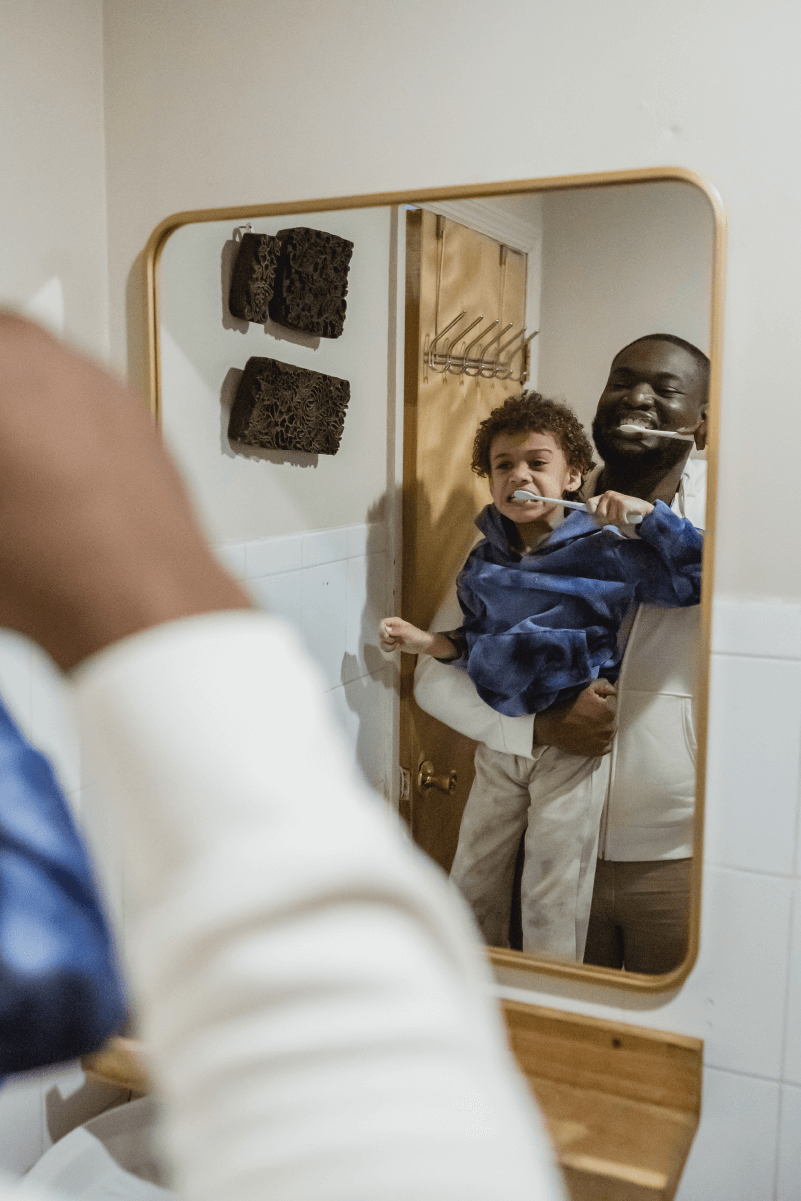
Receiving support from loved ones can make a huge difference in the outcome of a child with ADHD. All children need positive reinforcement and affection to grow up healthy, and children with ADHD are not different. The emotional and cognitive development of a child with ADHD relies on having a warm and accepting support structure.
However, it may be difficult for parents to figure out what actions to take to reinforce positive behaviors in their children. To begin with, it is extremely important to praise the good behavior of children. Kids with ADHD often receive more criticism than other children and that can make them feel vulnerable. Giving them praise for their good behavior will help them develop better emotion regulation skills.
The house rules in a family with a child with ADHD must always be clear, consistent, and simple to follow. Establishing a steady daily routine with assignments and leisure activities will help a child improve their organizational skills. Parents should create a schedule together with their child and place it somewhere significant, like on a bulletin board. Furthermore, parents can acquire digital tools to help with their child’s development.
The autonomy and life skills of children with ADHD can be improved while giving them a fun way of organizing their tasks. Kairos is an innovative video game app that uses augmented reality to create a daily schedule for children. Using Kairos, parents can turn daily chores into missions to defend the planet against evil aliens, giving them a fun and intuitive way of learning how to create a schedule and become more independent.
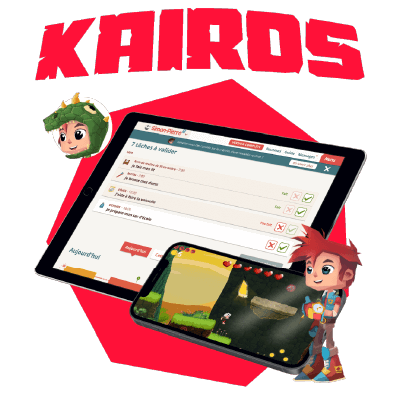
Kairos makes training in behavior management fun by rewarding children with cool superpowers for task completion. Parents can customize their children’s schedules to their heart’s content, including their screen time, bedtime, and much more. In addition, the app provides parents with tips and advice to better encourage healthy behaviors in their children.
